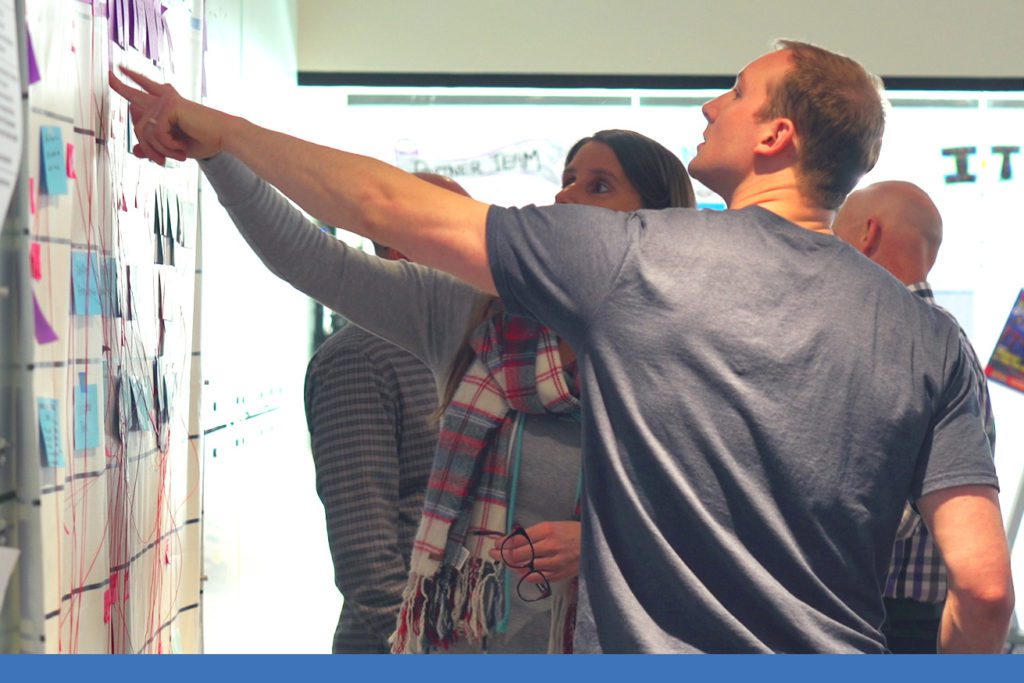
Agile methodologies thrive on the principle of continuous improvement, and at the heart of this journey lies a pivotal team event that champions an ethos of relentless enhancement. To navigate the complex landscape of Scrum dynamics, it becomes imperative to delve into the nuances of the Sprint Retrospective. This particular event is not merely a routine practice; rather, it serves as a crucible for innovation and growth within Agile teams, propelling them toward higher realms of productivity and collaboration.
The Sprint Retrospective, typically held at the conclusion of each sprint, invites the Scrum Team to engage in reflective dialogue about their recent endeavors. It is within this collaborative space that team members can candidly explore what transpired during the sprint—highlighting successes, identifying impediments, and articulating actionable insights to refine future performance. Importantly, this event transcends the confines of mere retrospection; it metamorphoses into a formative experience, fostering an environment ripe for transformational change.
Understanding the multifaceted dynamics of the Sprint Retrospective is paramount. The significance of this event extends beyond the immediate goal of evaluating the sprint—it embodies a commitment to a culture of transparency and adaptability. By deliberately creating a safe atmosphere where team members feel empowered to share their thoughts and concerns, the Sprint Retrospective cultivates trust and strengthens team cohesion. Consequently, this collective introspection facilitates a shift in perspective that is vital for achieving heightened levels of teamwork and collaboration.
Moreover, the inherent structure of the Retrospective encourages teams to embrace vulnerability and authenticity. Members are prompted not only to disclose triumphs but also to confront challenges and failures. This dual focus nurtures a profound understanding of team dynamics, providing the foundation for future strategies that uphold the Agile manifesto’s core values. Thus, teams can transform setbacks into valuable learning opportunities, enriching their toolkit for continuous improvement.
For teams to harness the full potential of the Sprint Retrospective, it is essential to employ diverse facilitation techniques that stimulate engagement and provoke thoughtful discourse. Utilizing frameworks such as “Start, Stop, Continue” or “Mad, Sad, Glad” can aid in structuring conversations, ensuring that every voice is heard and valued. These methodologies encourage participants to articulate their perspectives clearly, enabling the team to navigate past grievances or uncertainties towards actionable resolutions.
Furthermore, the efficacy of the Sprint Retrospective is inherently tied to the culture surrounding it. An Agile environment that promotes experimentation and rewards risk-taking engenders a fertile ground for relentless improvement. Teams must be conscientious in their efforts to alleviate fear of reprisal, dissuading the inclination to attribute blame. Instead, the discourse should pivot toward collective learning and shared accountability, wherein each member acknowledges their role in the ecosystem of team dynamics.
The synthesis of insights gathered during the Retrospective underpins the development of actionable improvement strategies. It is critical for teams to translate reflections into concrete commitments, thus ensuring that learnings are not ephemeral. This necessitates the creation of a backlog of improvement opportunities that the team can prioritize in subsequent sprints. By embedding such commitments within their workflow, teams reinforce their dedication to evolving and honing their performance continually.
In conjunction with actionable commitments, the implementation of key performance indicators (KPIs) can serve as a guiding framework for measuring progress. By identifying metrics that resonate with their specific context, Agile teams can quantitatively assess the impact of changes accrued from the Retrospective. This data-driven approach allows for objective evaluation, fostering a mindset of experimentation that aligns closely with the principles of Agile practices.
One might ponder the implications of the Sprint Retrospective beyond just immediate improvements. The event holds the potential to instigate a cultural metamorphosis within organizations. As teams practice relentless improvement, their newfound awareness of team dynamics can cascade through the organization, sparking changes in interdepartmental relationships, leadership approaches, and strategic initiatives. This ripple effect can yield substantive shifts in overall organizational agility, rendering the entity more adept at navigating an ever-evolving market landscape.
In conclusion, the Sprint Retrospective stands at the intersection of reflection and proactive change within the Agile framework. It embodies the quintessence of relentless improvement, equipping teams with the insights and strategies necessary to refine their processes continually. By fostering an environment characterized by psychological safety, utilizing varied facilitation techniques, and translating reflections into actionable commitments, teams can master the delicate dynamics of Scrum. As such, the Sprint Retrospective not only catalyzes individual team growth but also acts as a linchpin for broader organizational evolution, driving a sustainable path toward enhanced agility and productivity.
